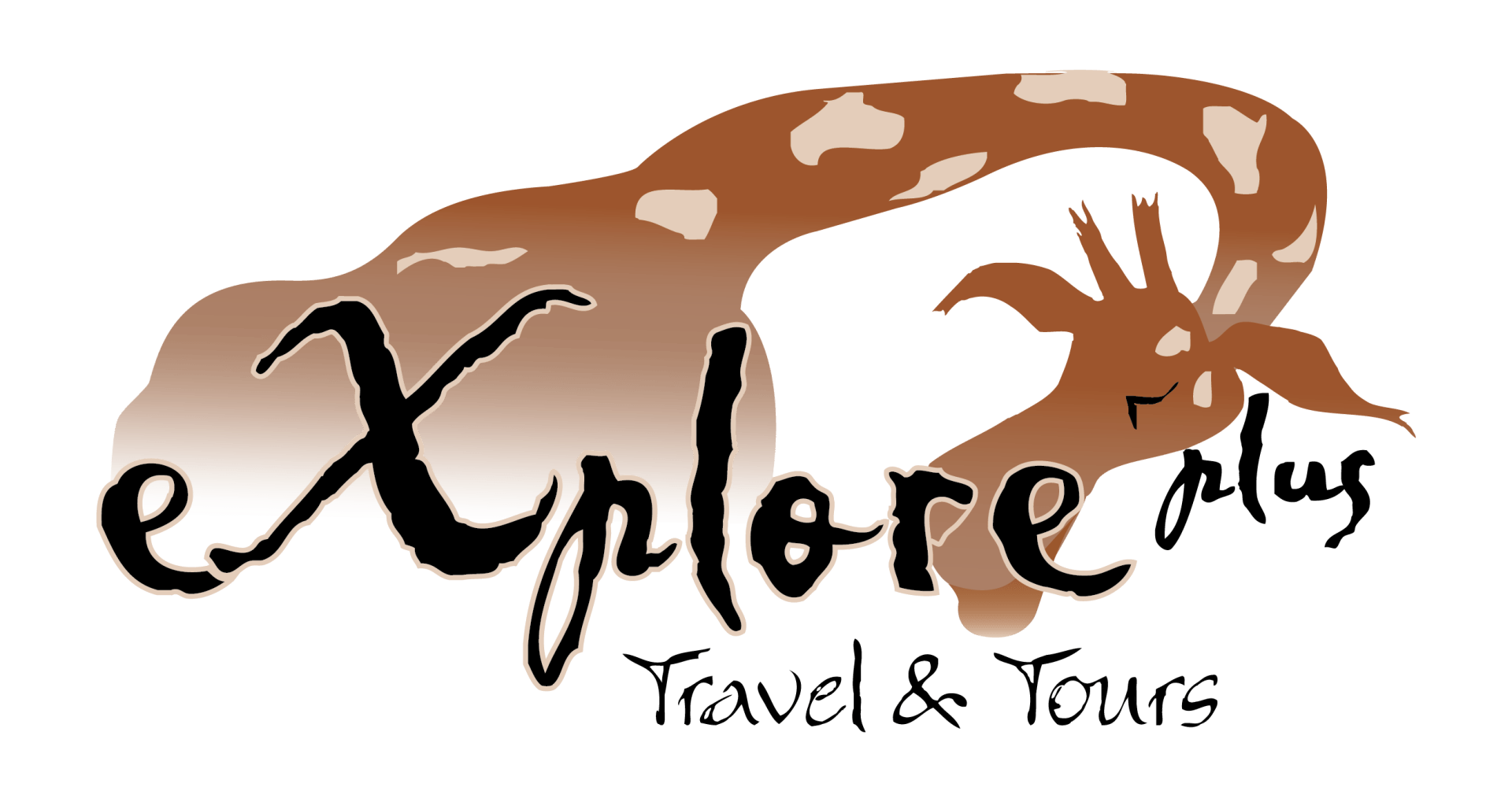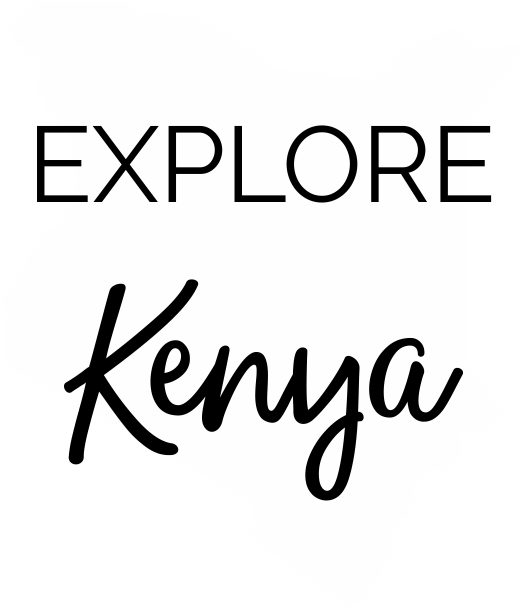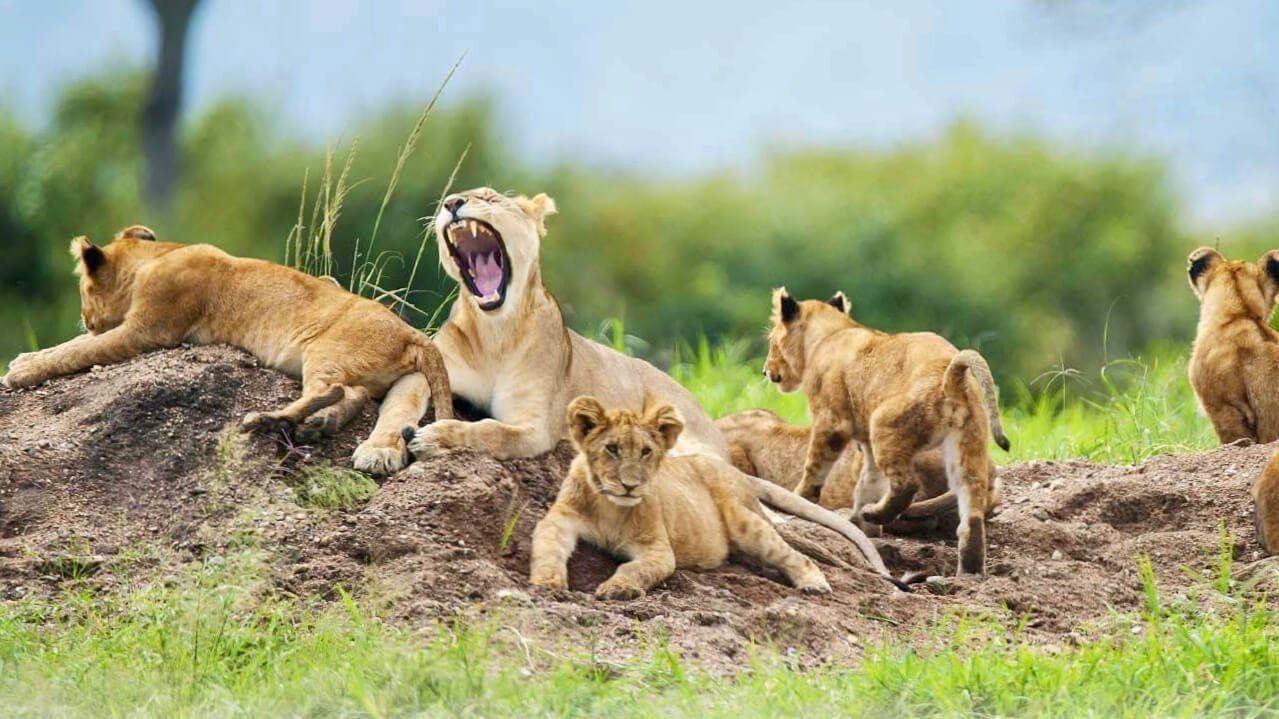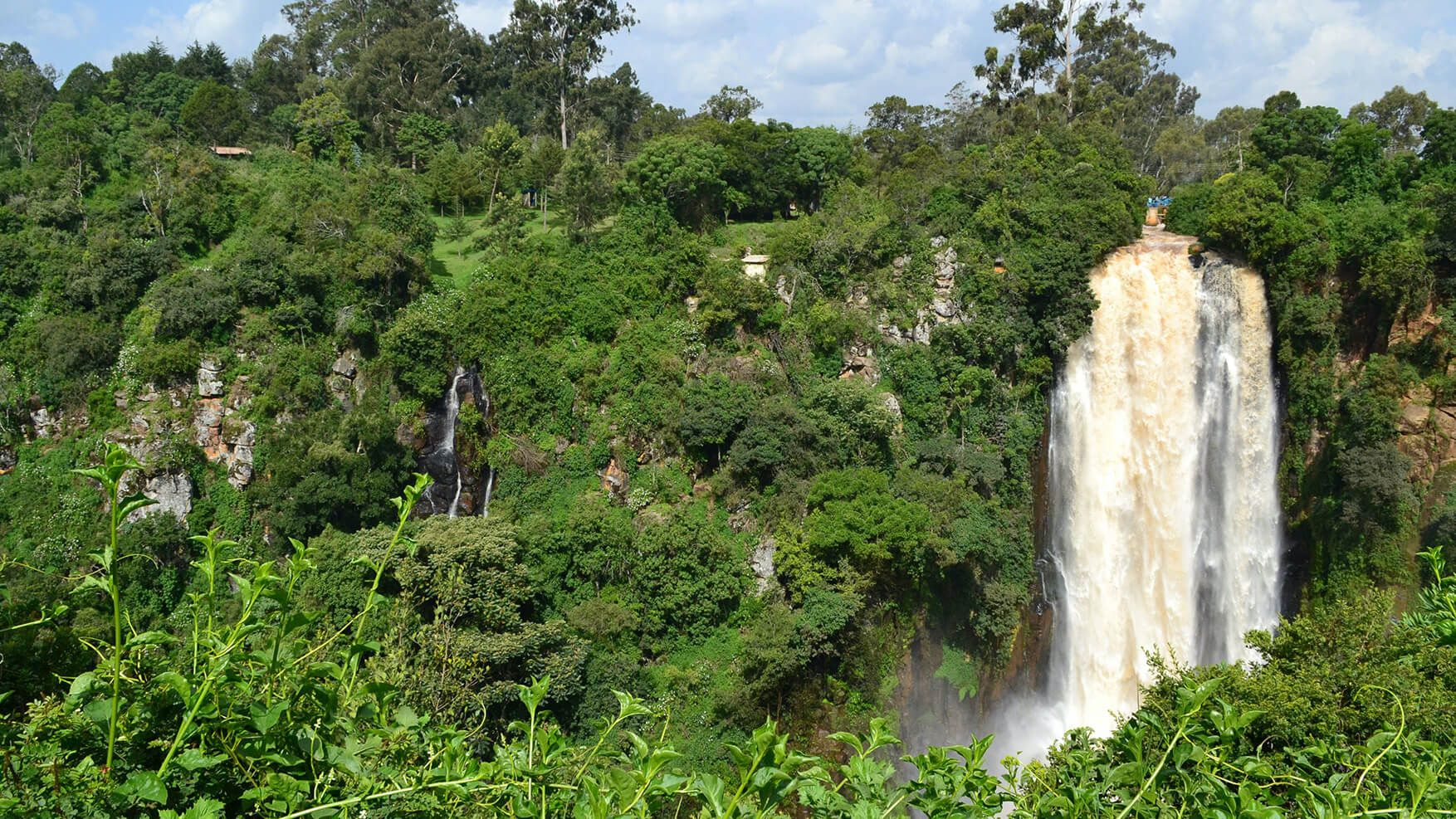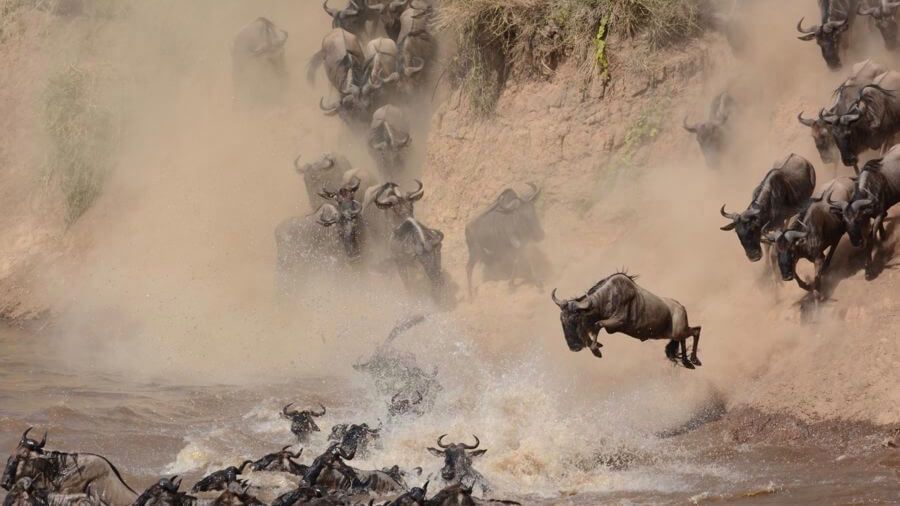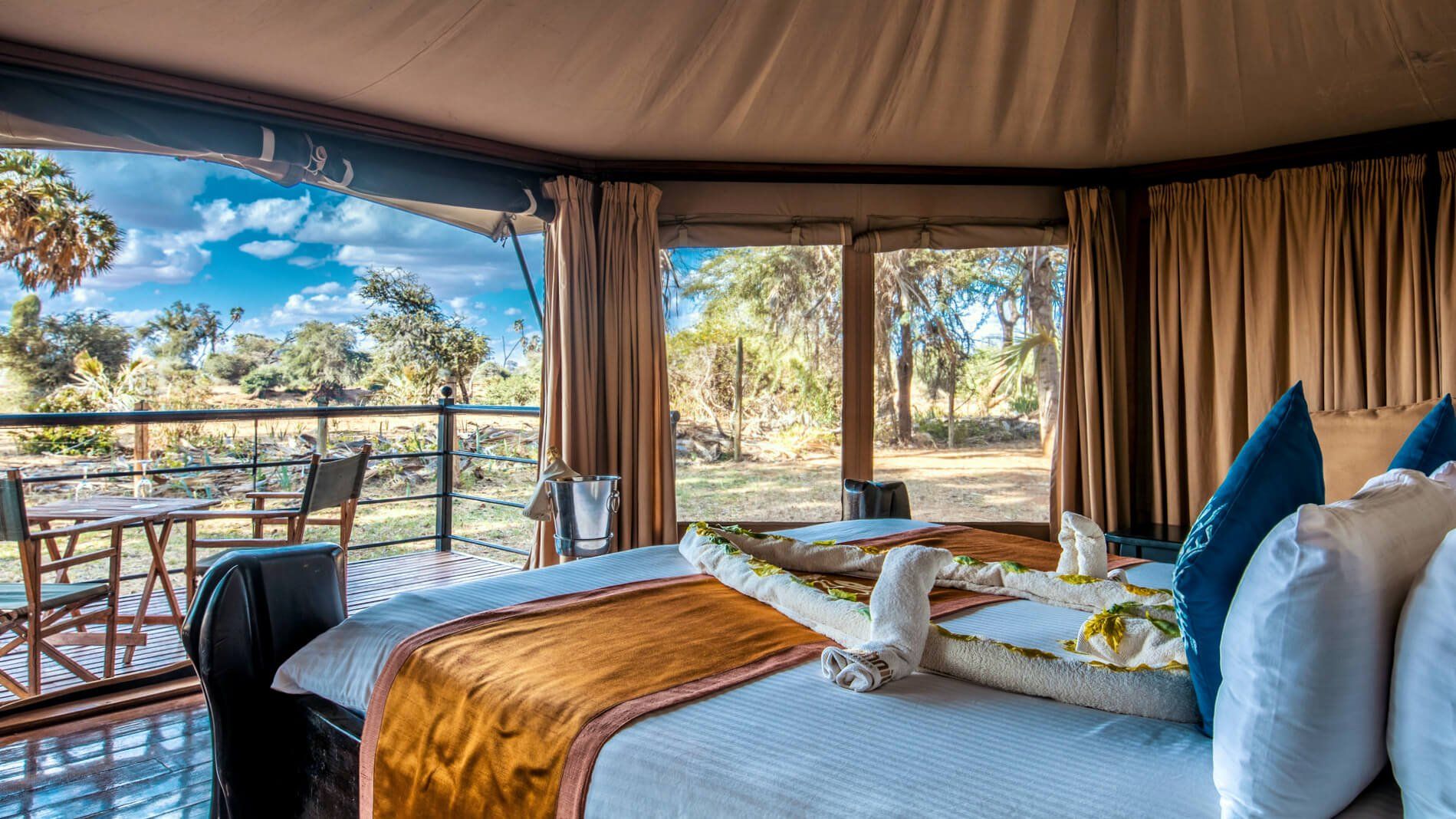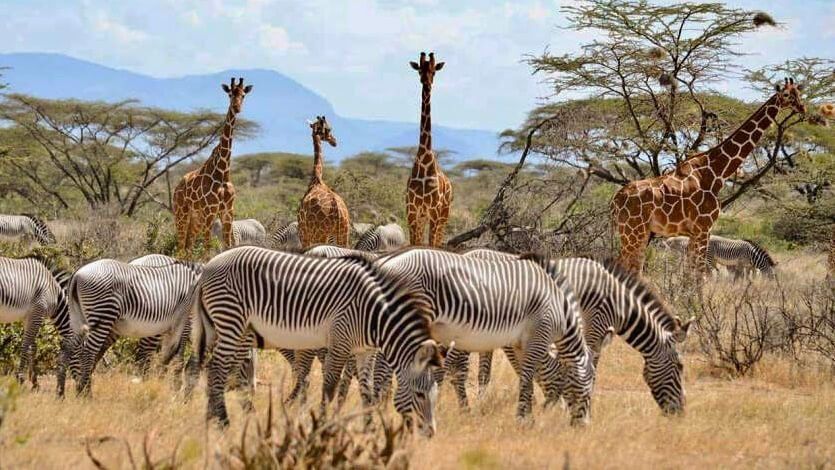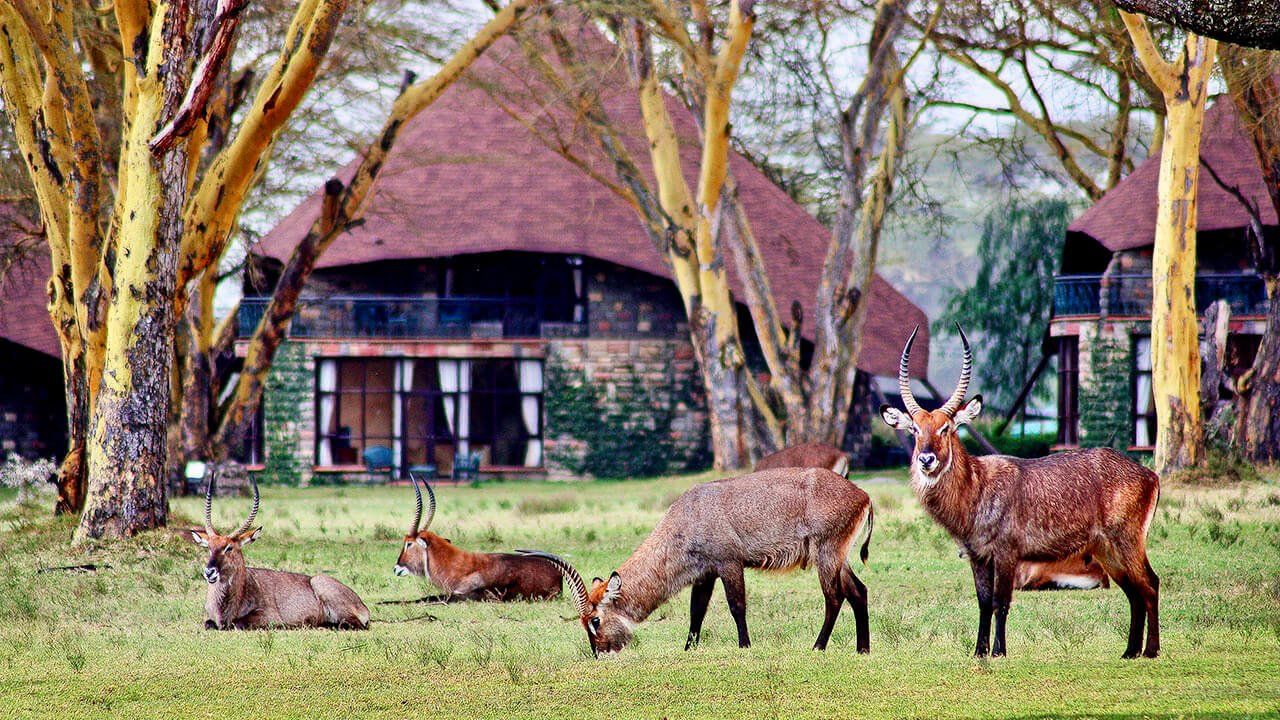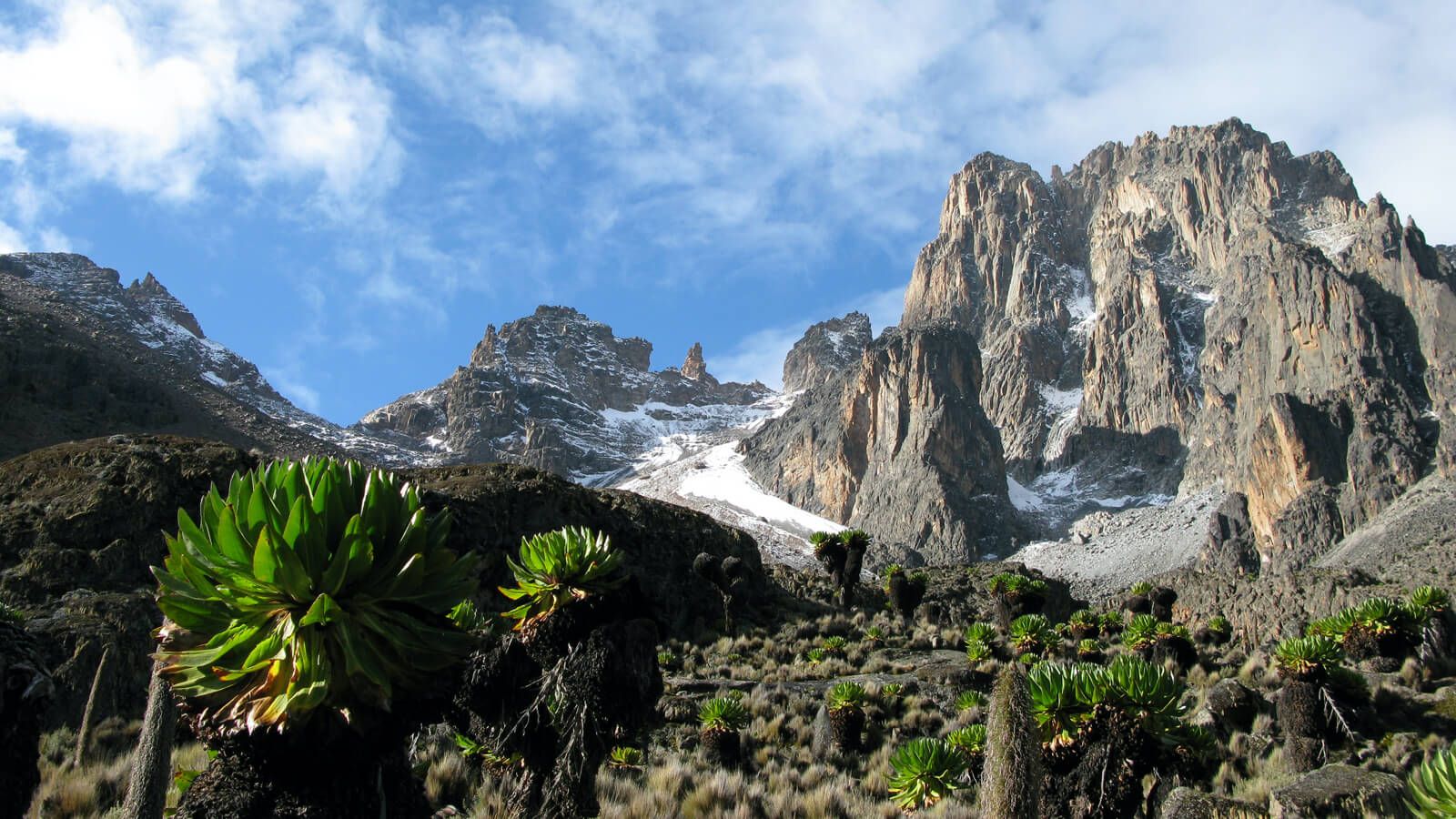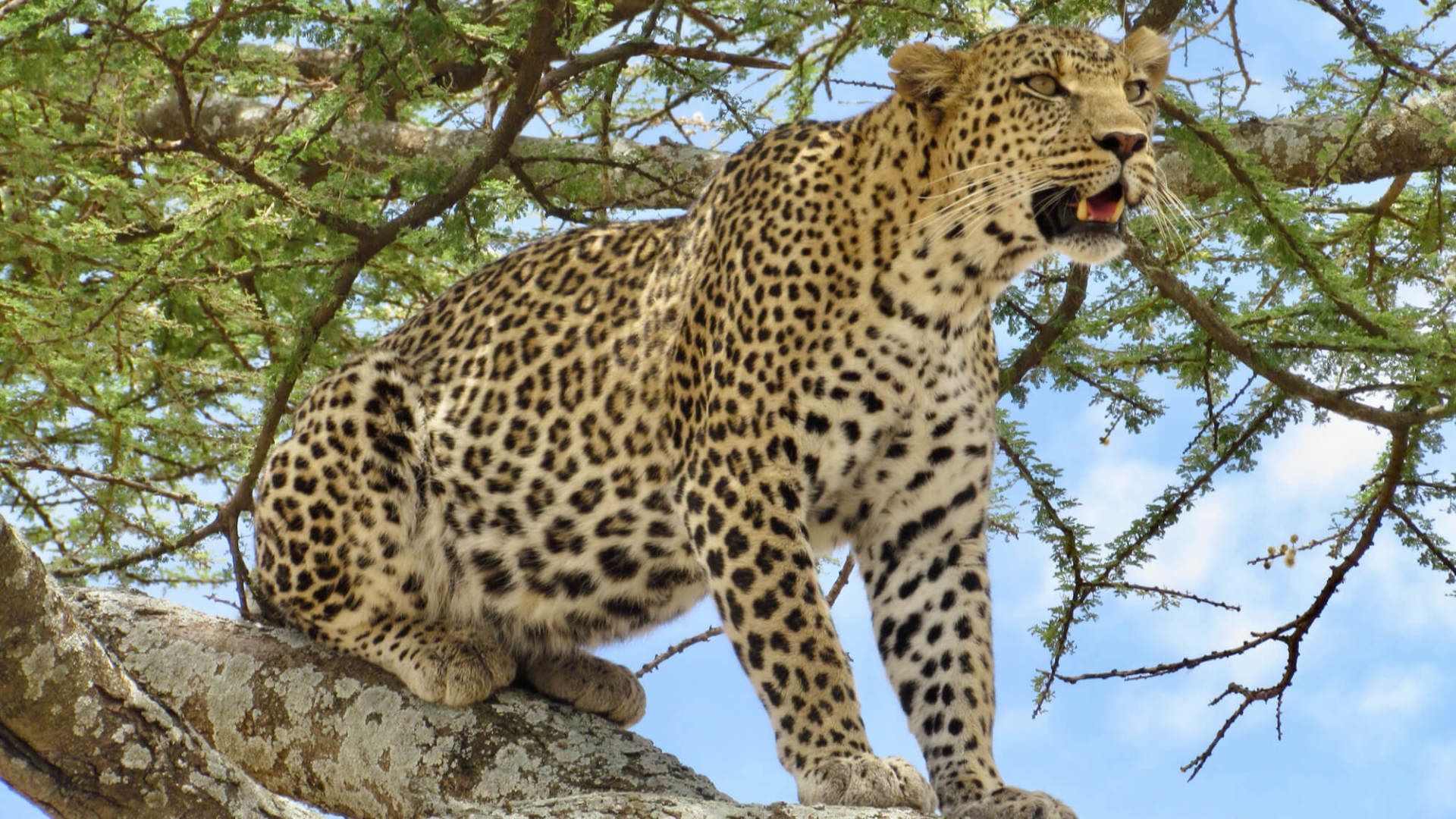Visit one of Africa's last true wilderness destinations when going on a group safari in Kenya. See the Northern Five and enjoy splendid views of Mount Kenya (the 2nd highest mountain in Africa). From July to October, the migrating herds reside in the Masai Mara. The Mara river is the prime spot to witness daily river crossings.
Our small group safaris offer the opportunity to explore Kenya while enjoying the company of an intimate group of like-minded safari enthusiasts, on a set itinerary. This Small Guided Group Tour can be booked on a Private Basis.
Ultimate Kenya Group Safari
Itinerary
New Paragraph
Dates & Prices
Dates:
SMALL GROUP DEPARTURE DATE:
This 09-Day Ultimate Kenya Group Safari depart on 19 July 2026.
19 - 27 July 2026
Rates:
| SHARING: | SINGLE: |
|---|---|
| R108,558.00 | R128,806.00 |
- The exchange rate used (bank selling rate): R18.00 to US $1.00
- Please request a quote from our Safari Specialists for the most current rates and availability on our group departures.
- Please treat all pricing as a guide only.
- All rates are subject to increases beyond our control, including fuel price, government taxes and exchange rate fluctuations.
National Parks
Samburu National Reserve
Ol Pejeta Conservancy
It is the closest place from Nairobi to see "The Big Five" (lion, leopard, elephant, rhino and buffalo). Ol Pejeta is home to the last two northern white rhinos left in the world (named: Najin & Fatu), southern white rhino and a sanctuary for 105 critically endangered black rhinos. Other wildlife includes a catalogue of giraffe, zebra, eland, oryx, waterbuck, Grant's gazelle, Thompson's gazelle, cheetah, silver-backed jackal, hartebeest and baboon. The conservancy also boasts several hundred-bird species. A trip to Ol Pejeta Conservancy would not be complete without a visit to the Sweetwaters Chimpanzee Sanctuary, the only place in Kenya to see these endangered, yet highly intelligent animals. Owing to the ongoing destruction of the west and central African rainforest and continued demand for bushmeat, Ol Pejeta Conservancy is compelled to provide a safe, secure and permanent refuge to 42 orphaned and abused chimpanzees from this region
Lake Nakuru National Park
Lake Nakuru is an alkaline lake. It is set in a picturesque landscape of surrounding woodland and grassland next to Nakuru town. The scene includes areas of marsh and grasslands alternating with rocky cliffs and outcrops, stretches of acacia woodland and rocky hillsides covered with a Euphorbia forest on the eastern perimeter. The lake catchment is bounded by Menengai crater to the north, the Bahati hills to the northeast, the Lion Hill range to the east, Eburu crater to the south and the Mau Escarpment to the west. Three major rivers, the Njoro, Makalia and Enderit drain into the lake as well as several springs along the shore.
Masai Mara National Reserve
- Ngama Hills to the east with sandy soil and leafy bushes and loved by black rhinos.
- Oloololo escarpment forming the western boundary and rising to a magnificent plateau.
- Mara Triangle bordering the Mara River with lush grassland and acacia woodlands supporting masses of game, especially migrating wildebeests.
- Central plains form the largest part of the reserve, with scattered bushes and boulders on rolling grasslands favoured by the plain's game.
